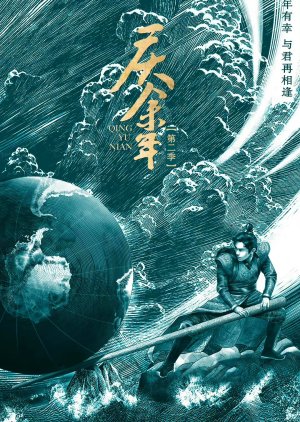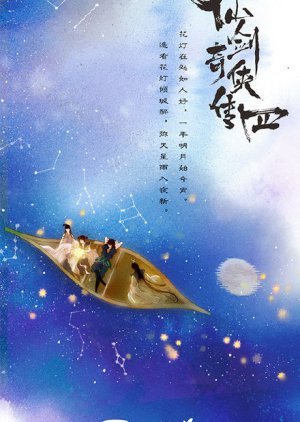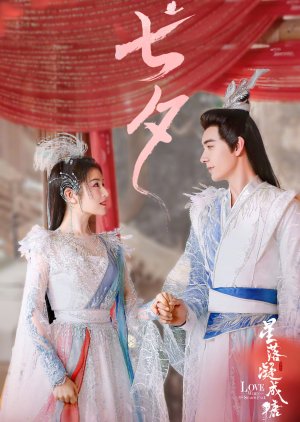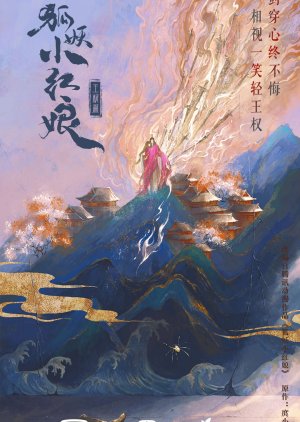Avalokiteshvara fans also viewed:

Aksa 2023 (China)

Lost You Forever (China)

Player (China)

Joy of Life Season 2 (China)

Chinese Paladin Season 4 (China)

Tibetan Sea Flower (China)

Love When the Stars Fall (China)

You Are My Desire (China)

Fox Spirit Matchmaker: Wang Quan (China)

Love Under the Floral Rain (China)
